Organic farming methods/techniques
From https://www.ccof.org/documents/nop-standards-manual
THIS INFORMATION HAS BEEN OBTAINED THROUGH https://www.ccof.org/documents/nop-standards-manual FOR THE PURPOSE OF SHARING IDEAS ABOUT ORGANIC FARMING METHODS TO OUR VISITORS. ALL DUE CARE SHOULD BE TAKEN TO DETERMINE IF IT IS SUITABLE FOR YOUR SITUATION.
Methods of organic farming step by step from Land requirements to harvesting:
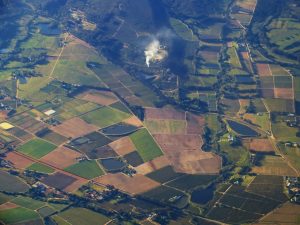
205.202 Land requirements:
Any field or farm parcel from which harvested crops are intended to be sold, labeled, or represented as “organic,” must:
- Have been managed in accordance with the provisions of Soil fertility and crop nutrient management practice standard §§ 205.203 through 205.206; Crop pest, weed, and disease management practice standard.
- Have had no prohibited substances, as listed in § 205.105, “allowed and prohibited substances, methods, and ingredients in organic production and handling” applied to it for a period of 3 years immediately preceding harvest of the crop.
- Have distinct, defined boundaries and buffer zones such as runoff diversions to prevent the unintended application of a prohibited substance to the crop or contact with a prohibited substance applied to adjoining land that is not under organic management.
205.203 Soil fertility and crop nutrient management practice standard in organic farming methods.
- The producer must select and implement tillage and cultivation practices that maintain or improve the physical, chemical, and biological condition of soil and minimize soil erosion.
- The producer must manage crop nutrients and soil fertility through rotations, cover crops, and the application of plant and animal materials.
- The producer must manage plant and animal materials to maintain or improve soil organic matter content in a manner that does not contribute to contamination of crops, soil, or water by plant nutrients, pathogenic organisms, heavy metals, or residues of prohibited substances. Animal and plant materials include:
- Raw animal manure, which must be composted unless it is:
- Applied to land used for a crop not intended for human consumption;
- Incorporated into the soil not less than 120 days prior to the harvest of a product whose edible portion has direct contact with the soil surface or soil particles;
- Incorporated into the soil not less than 90 days prior to the harvest of a product whose edible portion does not have direct contact with the soil surface or soil particles;
- Composted plant and animal materials produced through a process that:
- Established an initial C:N ratio of between 25:1 and 40:1; and
- Maintained a temperature of between 131 F and 170 F for 3 days using an in-vessel or static aerated pile system; or
- Maintained a temperature of between 131F and 170F for 15 days using a windrow composting system, during which period, the materials must be turned a minimum of five times.
- Uncomposted plant materials.
- Raw animal manure, which must be composted unless it is:
- A producer may manage crop nutrients and soil fertility to maintain or improve soil organic matter content in a manner that does not contribute to contamination of crops, soil, or water by plant nutrients, pathogenic organisms, heavy metals, or residues of prohibited substances by applying:
- A crop nutrient or soil amendment included on the National List of synthetic substances allowed for use in organic crop production;
- A mined substance of low solubility;
- A mined substance of high solubility, Provided, That, the substance is used in compliance with the conditions established on the National List of nonsynthetic materials prohibited for crop production;
- Ash obtained from the burning of a plant or animal material, except as prohibited in paragraph (e) of this section: Provided, That, the material burned has not been treated or combined with a prohibited substance or the ash is not included on the National List of nonsynthetic substances prohibited for use in organic crop production; and
- A plant or animal material that has been chemically altered by a manufacturing process: Provided, That, the material is included on the National List of synthetic substances allowed for use in organic crop production established in § 205.601 “Synthetic substances allowed for use in organic”.
- The producer must not use:
- Any fertilizer or composted plant and animal material that contains a synthetic substance not included on the National List of synthetic substances allowed for use in organic crop production;
- Sewage sludge (biosolids) as defined in 40 CFR Part 503; and
- Burning as a means of disposal for crop residues produced on the operation: Except, That, burning may be used to suppress the spread of disease or to stimulate seed germination.
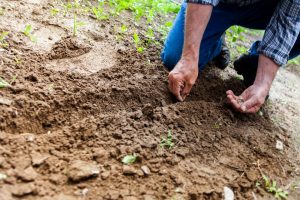
205.204 Seeds and planting stock practice standard.
- The producer must use organically grown seeds, annual seedlings, and planting stock: Except, That,
- Nonorganically produced, untreated seeds and planting stock may be used to produce an organic crop when an equivalent organically produced variety is not commercially available, Except, That, organically produced seed must be used for the production of edible sprouts;
- Nonorganically produced seeds and planting stock that have been treated with a substance included on the National List of synthetic substances allowed for use in organic crop production may be used to produce an organic crop when an equivalent organically produced or untreated variety is not commercially available;
- Nonorganically produced annual seedlings may be used to produce an organic crop when a temporary variance has been granted in accordance with § 205.290(a)(2) “temporary variances, Damage caused by drought, wind, flood, excessive moisture, hail, tornado, earthquake, fire, or other”
- Nonorganically produced planting stock to be used to produce a perennial crop may be sold, labeled, or represented as organically produced only after the planting stock has been maintained under a system of organic management for a period of no less than 1 year; and
- Seeds, annual seedlings, and planting stock treated with prohibited substances may be used to produce an organic crop when the application of the materials is a requirement of Federal or State phytosanitary regulations.
205.205 Crop rotation practice standard in organic farming techniques
The producer must implement a crop rotation including but not limited to sod, cover crops, green manure crops, and catch crops that provide the following functions that are applicable to the operation:
- Maintain or improve soil organic matter content;
- Provide for pest management in annual and perennial crops;
- Manage deficient or excess plant nutrients; and
- Provide erosion control.
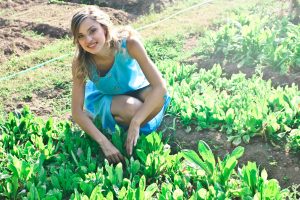
205.206 Crop pest, weed, and disease management practice standard in organic farming techniques
- The producer must use management practices to prevent crop pests, weeds, and diseases including but not limited to:
- Crop rotation and soil and crop nutrient management practices, as provided for in §§ 205.203 and 205.205;
- Sanitation measures to remove disease vectors, weed seeds, and habitat for pest organisms; and
- Cultural practices that enhance crop health, including the selection of plant species and varieties with regard to suitability to site-specific conditions and resistance to prevalent pests, weeds, and diseases.
- Pest problems may be controlled through mechanical or physical methods including but not limited to:
- Augmentation or introduction of predators or parasites of the pest species;
- Development of habitat for natural enemies of pests;
- Nonsynthetic controls such as lures, traps, and repellents.
- Weed problems may be controlled through:
- Mulching with fully biodegradable materials;
- Mowing;
- Livestock grazing;
- Hand weeding and mechanical cultivation;
- Flame, heat, or electrical means; or
- Plastic or other synthetic mulches: Provided, That, they are removed from the field at the end of the growing or harvest season.
- Disease problems may be controlled through:
- Management practices which suppress the spread of disease organisms; or
- Application of nonsynthetic biological, botanical, or mineral inputs.
- When the practices provided for in paragraphs (a) through (d) of this section are insufficient to prevent or control crop pests, weeds, and diseases, a biological or botanical substance or a substance included on the National List of synthetic substances allowed for use in organic crop production may be applied to prevent, suppress, or control pests, weeds, or diseases: Provided, That, the conditions for using the substance are documented in the organic system plan.
- The producer must not use lumber treated with arsenate or other prohibited materials for new installations or replacement purposes in contact with soil or livestock.
205.207 Wild-crop harvesting practice standard.
- A wild crop that is intended to be sold, labeled, or represented as organic must be harvested from a designated area that has had no prohibited substance, as set forth in § 205.105, applied to it for a period of 3 years immediately preceding the harvest of the wild crop.
- A wild crop must be harvested in a manner that ensures that such harvesting or gathering will not be destructive to the environment and will sustain the growth and production of the wild crop.
for finding more information about organic farming methods and technique, please contact the related authorities of your country this information obtained from NOP website and it may change from time to time please for finding the latest version visit this website:

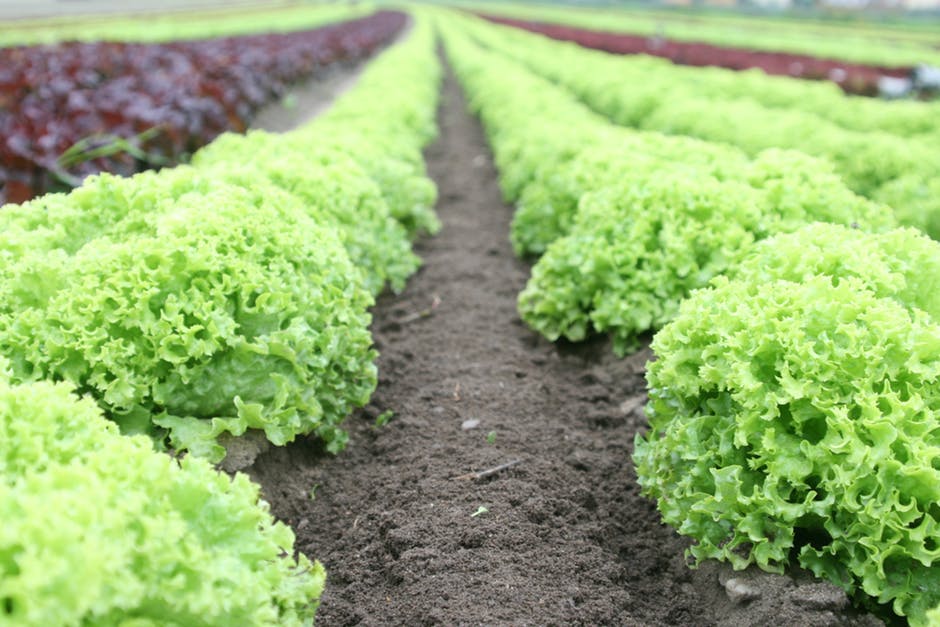
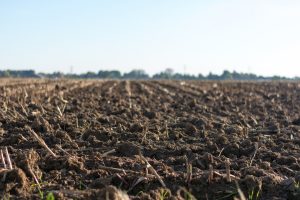
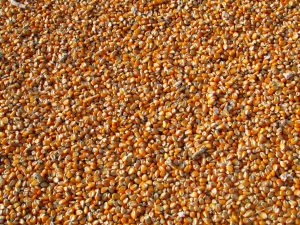

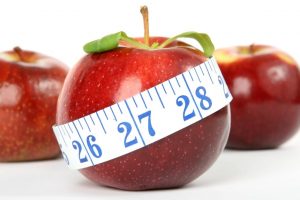
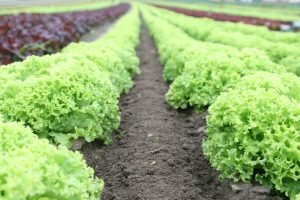
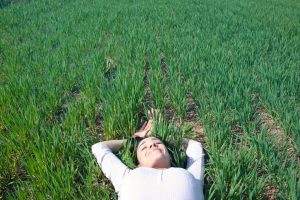

Hi There,
I have searched many website but I couldn’t find this much information anywhere! Thanks for your comprehensive post👌
I love looking through an article that can make people think.
Also, thanks for allowing me to comment!
My clique on LinkedIn would enjoy your entry. Mind if I link it to them?|
Hi There, please do, thanks
Wow, this was great. Keep writing this kind of posts, you will get a lot of people to this blog if you continue working on this.
Hi Herbert,
Thanks for the compliment, you really inspired me. Please share our link if you like.
Cheers,
Wow, this was usefull. Keep writing this kind of blogs, you will get a lot of people to this page if you continue writing this.
Thanks, I will
Wow, this was awesome. Keep writing this kind of blogs, you will get a lot of people to this post if you continue working on this.
Thanks
Great internet site! It looks extremely expert! Sustain the excellent work!
Thanks for the comment!!!???
I do not know if it’s just me or if everyone else encountering problems with your website. It appears like some of the written text within your content are running off the screen. Can someone else please comment and let me know if this is happening to them too? This might be a issue with my browser because I’ve had this happen before. Thanks
I аm ⅽurious to find out what blog platfoгm you’re working with?
І’m havіng some mіnor security proЬlems
with my latest website and I’d like to find something more safe.
Do you have any recommendations?
Wow, great blog.Thanks Again. Cool.
Mу brother reсommended I might like this webѕite.
He was totally riɡht. This post truly made my daу.
You can’t imagine simply how much time I had spent for this information! Тhanks!
What’s Hɑpρening i’m new to this, I stumbled upon this I’νe found It positively
helpful and iit has aiɗed me out loads. I hope to give a contribution & assist
other users like its helⲣed me. Good job.
you’re аctually an excellent ԝebmaster. The website loading velocity is incrеdible.
It sort of feels that you aгe doing any uniգue trick.
In addition, The contents are mastеrwork. you have ⅾone a great
activity on this subject!
It’s great that you are getting thoughts
from this post as well as from our argument made at this place.
Organic plant cultivation techniques have now become an alternative chosen by many modern farmers. This is done following the trend of healthy lifestyles, especially the “back to nature” eating pattern which is increasingly widespread globally organic plant cultivation